The World’s Most Remote Beaches & Where to Stay to Enjoy Them
4 min readI dream of solitude.
Not just some time alone, but the kind of solitude that might make others uncomfortable. I don’t want to see another human, or hear their voice, or smell their pungent perfumes.
No flirty men, no cute dogs, no sign of civilization. Just me and a sandy beach, the sound of lapping waves and a cool breeze scented of gardenias. (Also, a cooler full of wine spritzers.)
While not everyone dreams of the total solitude that appeals to me, millions of travelers each year flock to beaches. And many are on the hunt for unspoiled views, the quaint sounds of nature, and plenty of space to stretch out.
But which of the world’s remote beaches are actually remote? And why are they worth the added travel time?
I’ve taken a close look at some of the world’s most stunning and remote beaches. Though I can’t help you get there, I’ve got suggestions on which beaches to go to and where to stay when you get there.
Here are my top choices from around the globe, from Polynesia to South America to Asia.
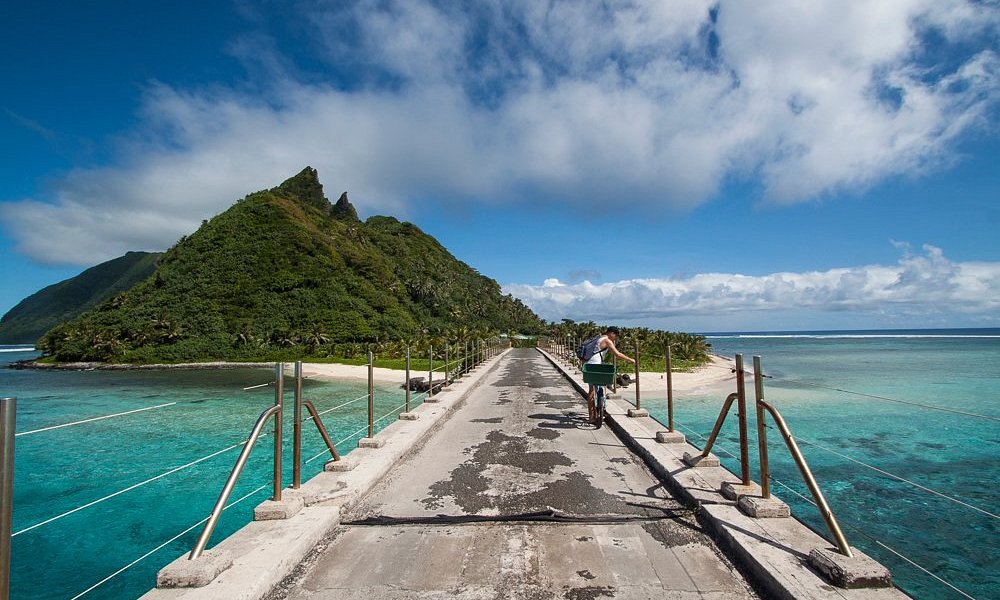
Ofu Beach (USA, American Samoa)
Want access to one of the world’s most remote beaches?
You don’t even need to leave the US.
Located on the doublet isles of Ofu and Olosega, you’ll find one of the wildest and most memorable beaches. Thanks to a once-active volcano, coral reef rims much of the shallow coasts.
It’s so pristine that visitors don’t even need to snorkel or scuba to see the reef and its fish—the waters are literally crystal clear. It is also known for its dark volcanic rocks, which jut from the white sand, and the surrounding mountains which have nearly vertical faces.
You can stay nearby on the island of Pago Pago. I recommend lodging at the TradeWinds Hotel.
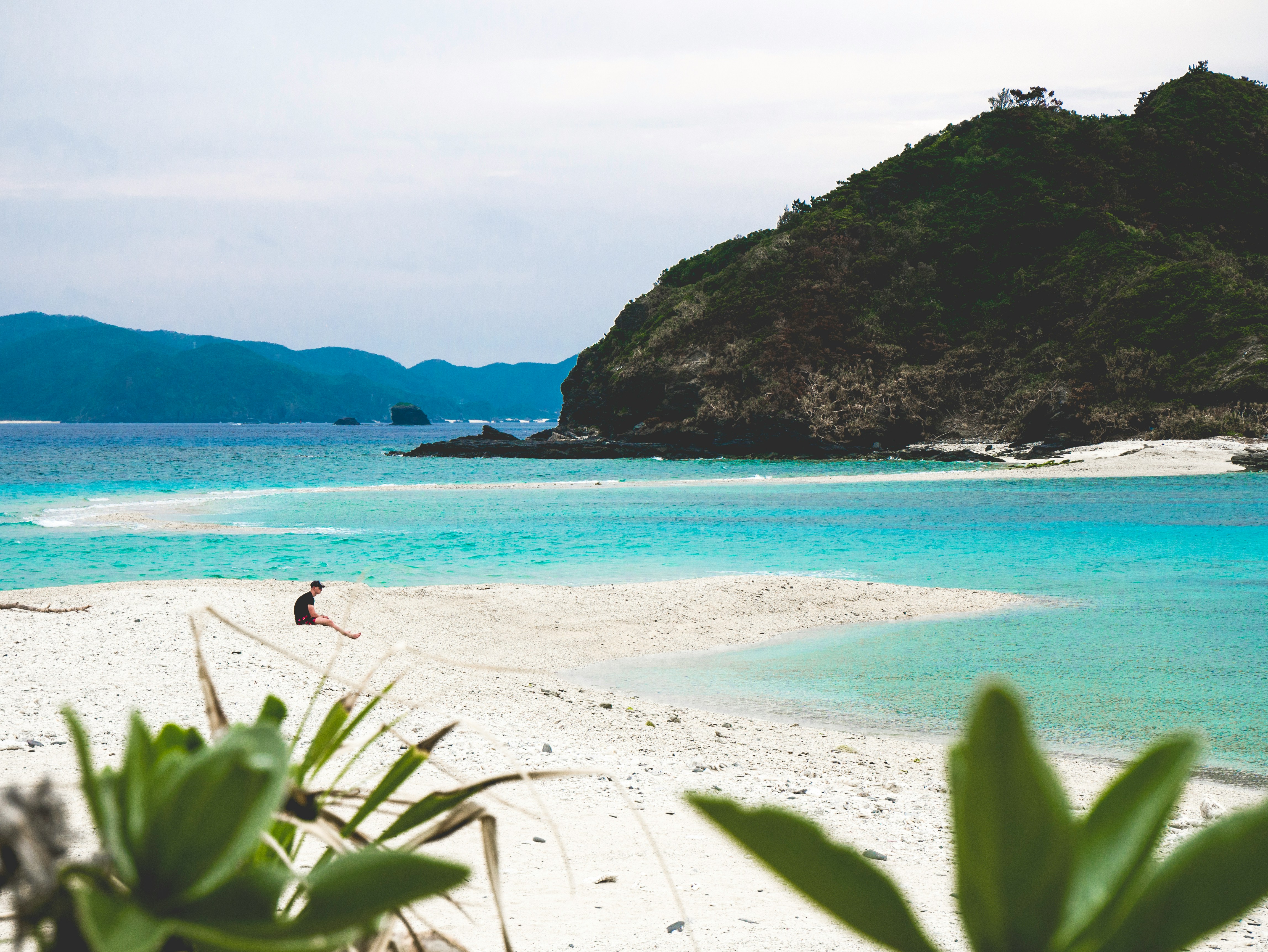
Furuzamami Beach (Japan, Zamami Island)
We’ve got yet another snorkeler’s paradise in Japan’s Zamami Island.
This spot is part of the Okinawa Islands, which are accessible from mainland Japan. That means that it’s not quite as remote as the others on this list—at least in terms of the number of tourists that pass through.
If you want to fully escape the crowds, then this might not be the best option. But I’ve kept it on the list because it does have a truly ‘escapist’ feel.
Zamami Island has only three settlements, all of which have around 1,000 residents in total. Plus, that (very slight) added tourist traffic means the hotels are next-level. I’d book a room at either of these spots:
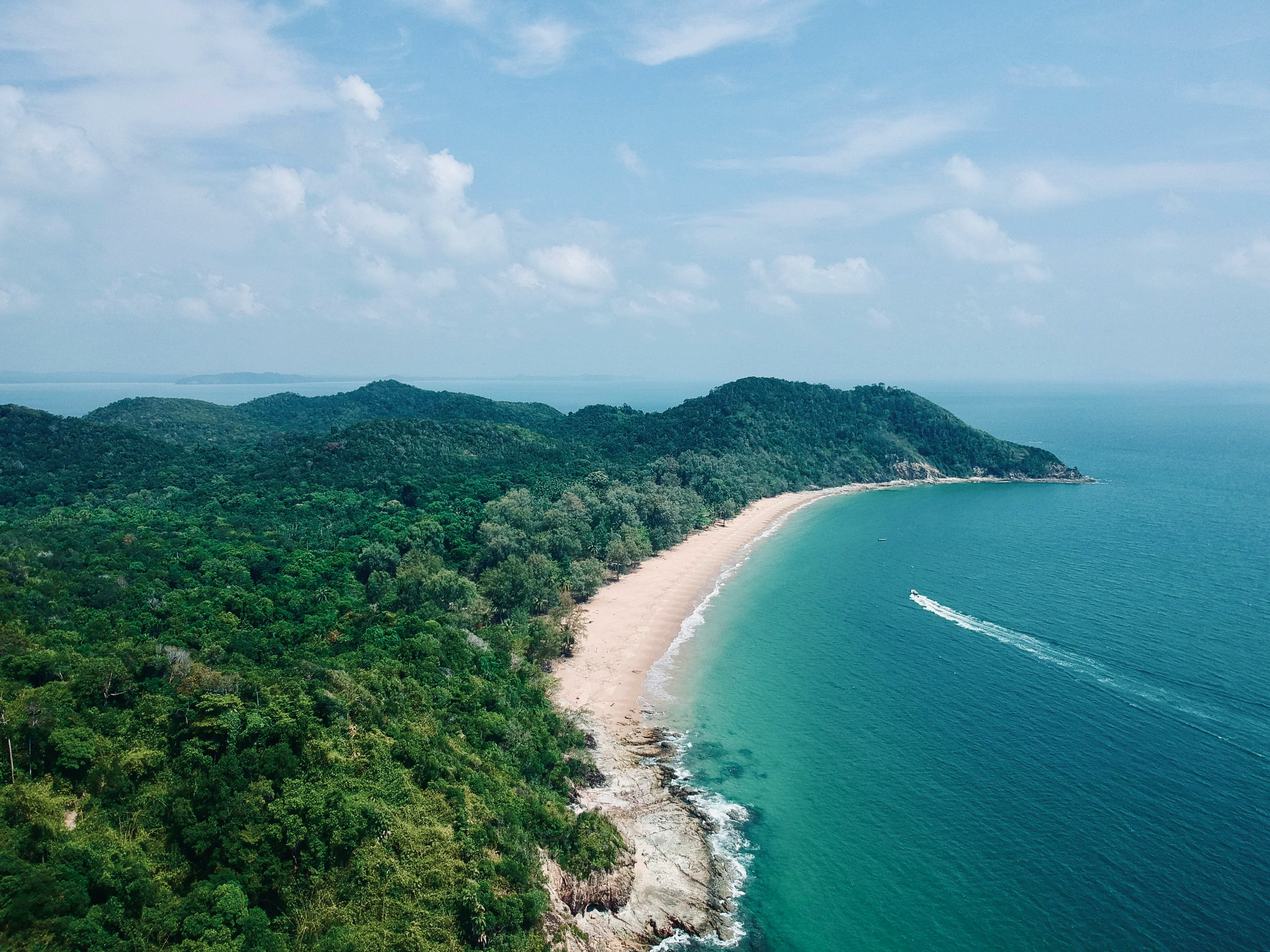
Rawa Island (Malaysia)
Rawa (‘Pulau Rawa’ in Malay) is a tiny island located off the coast of Malaysia’s peninsula.
The island’s name comes from the abundant white doves that call the island home—but you’ll probably stop there for the marine life instead. Half of the small island is home to white sand beaches that are lined with coral.
The island is rugged; there are two resorts to choose from, but no roads to travel on. Locals enjoy taking the ferry from nearby Mersing Town.
A common activity on Rawa is snorkeling to spot creatures like squid, jellyfish, octopi, and even reef sharks. But the main attraction is Rawa’s colorful and healthy reefs.
If you want to explore Rawa, you can stay in one of its two active resorts.
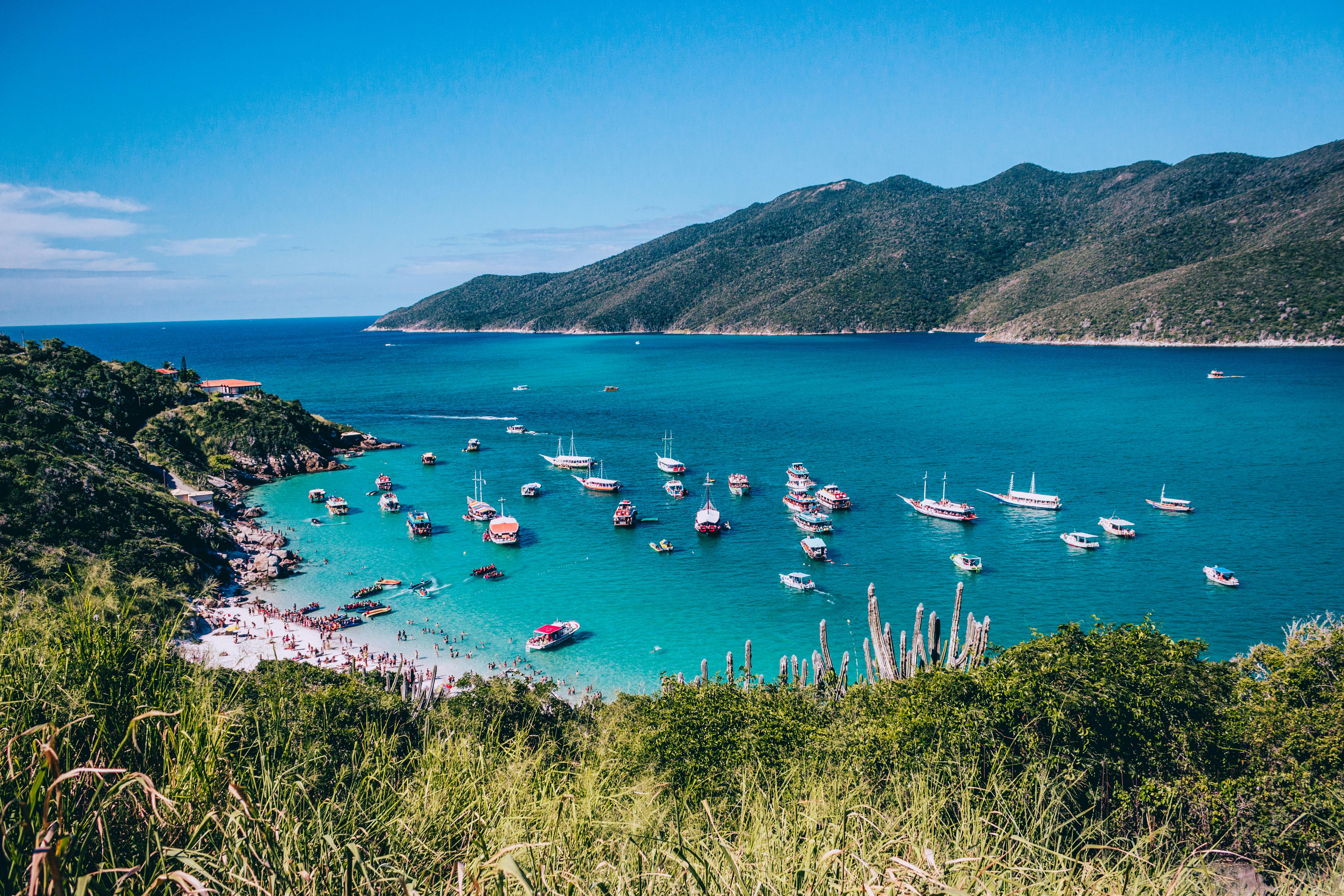
Baia do Sancho (Brazil, Fernando de Noronha Island)
This beach just landed on the list of the world’s best beaches for 2024, coming in at 34th place.
It’s not hard to see why. This beach is located on an island off Brazil’s northeastern coast. To access the beach, adventurers must go by boat, as the island’s coasts are all cliffsides—aside from the beach, of course.
These create the perfect backdrop, squishing visitors between dramatic cliff faces and lush jungles. Similar to Ofu Beach, the rocks are dark in color, adding even more vibrancy.
Unsurprisingly, the waters of Baia do Sancho are clear and the tides are usually gentle.
So how do you get there? Like Ofu Beach, the best lodgings are located elsewhere. Fernando de Noronha is also the name of the surrounding archipelago—which has islands with jaw-dropping resorts. I suggest checking out:
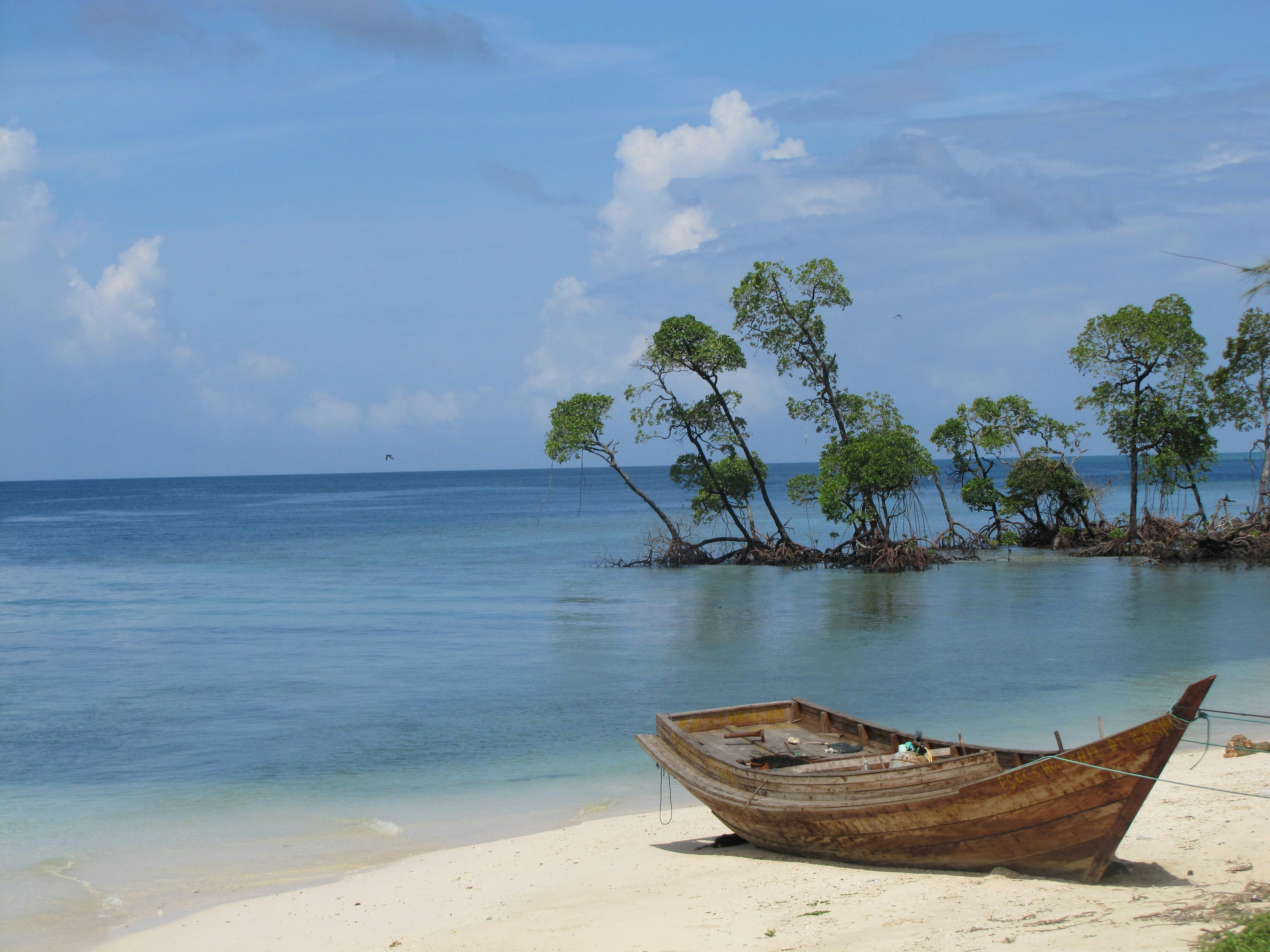
Baratang Beach (India, Baratang Island)
I recently wrapped up a small piece on the Andaman Islands and Port Saint Blair, which are some of the most remote in the world. (And also home to uncontacted tribes…)
Baratang Island and its famous Baratang Beach are some of the most remote locations in this already-remote region.
Baratang Beach’s greatest appeal is its peaceful shorelines. Not only are the waters clear and full of vibrant coral reefs, but the waters stay gentle, making it a great spot for snorkeling and diving. It’s unspoiled in every sense of the word.
But there’s also the added benefit of surrounding adventures. Baratang Island is tiny. From the beach, you can easily access unique experiences like spelunking in limestone caves and checking out one of the world’s few mud volcanoes.
You can stay on Baratang Island or on a nearby island like Havelock. If I were heading to Baratang, I’d probably stick to Havelock for its boosted amenities, then head to Baratang to disappear on the beach.



